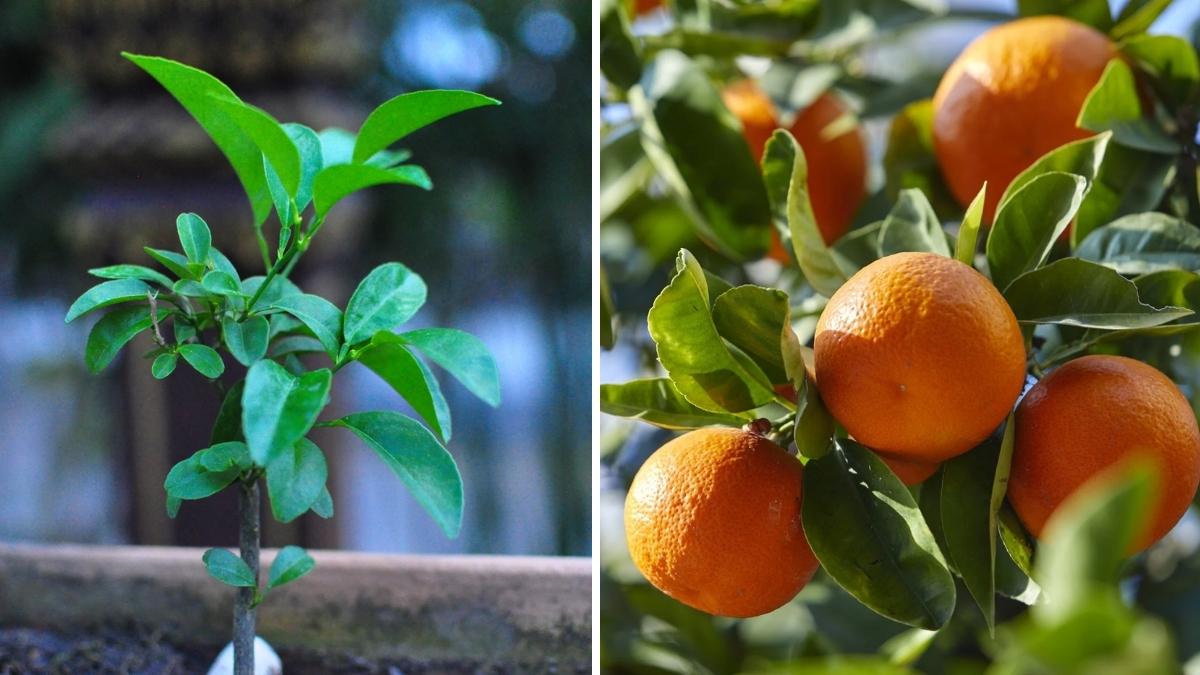Growing an orange tree from seed is one of those gardening projects that’s both exciting and rewarding. There’s something magical about taking a tiny seed and nurturing it into a tree that could one day produce sweet, juicy oranges. Whether you have a sunny windowsill indoors or a backyard ready for planting, this guide will walk you through the steps, tips, and tricks to grow a healthy, lush orange tree.
It’s important to know from the start that growing from seed requires patience. Unlike planting a young sapling, it may take 3–6 years for your tree to produce fruit. But don’t worry the process is full of learning and small victories along the way.
Why Grow an Orange Tree From Seed?
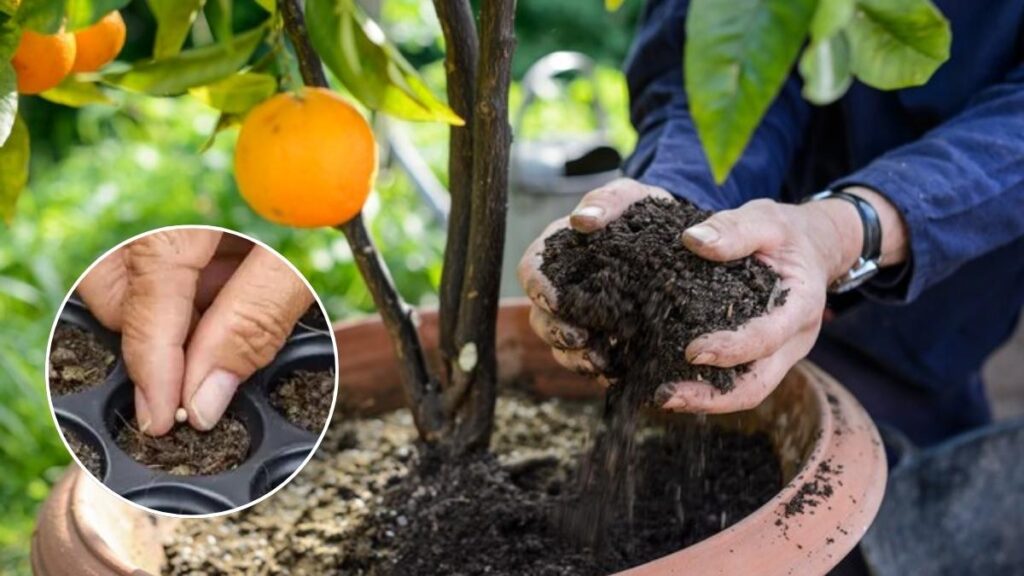
You might wonder why anyone would grow an orange tree from seed instead of buying a young tree. The reasons are plenty:
- Cost-effective: Seeds are free from fruit you already have, while saplings can cost $15–$50 or more.
- Satisfaction: There’s unmatched joy in nurturing a plant from the very beginning.
- Learning experience: You’ll develop a deep understanding of your tree’s needs light, water, nutrients, and growth patterns.
A small caveat: trees grown from seed may not be identical to the parent fruit. But if you’re in it for the adventure and greenery, this is a fun way to start.
What You’ll Need to Start Your Orange Tree
Before planting, it’s best to gather all the tools and materials you’ll need:
- Fresh orange seeds: Ideally from organic oranges. Seeds from store-bought fruit can work but may have lower germination rates.
- Small pots with drainage holes: Seedlings can rot easily in waterlogged soil.
- Seed-starting soil: Light, well-draining soil is key. Avoid garden dirt at this stage.
- Sunny windowsill or grow light: Orange seedlings need at least 8–12 hours of light daily.
- Watering can or spray bottle: Keep soil moist but not soggy.
Optional items: plastic bag or mini greenhouse to maintain humidity during germination.
How to Prepare Orange Seeds for Planting
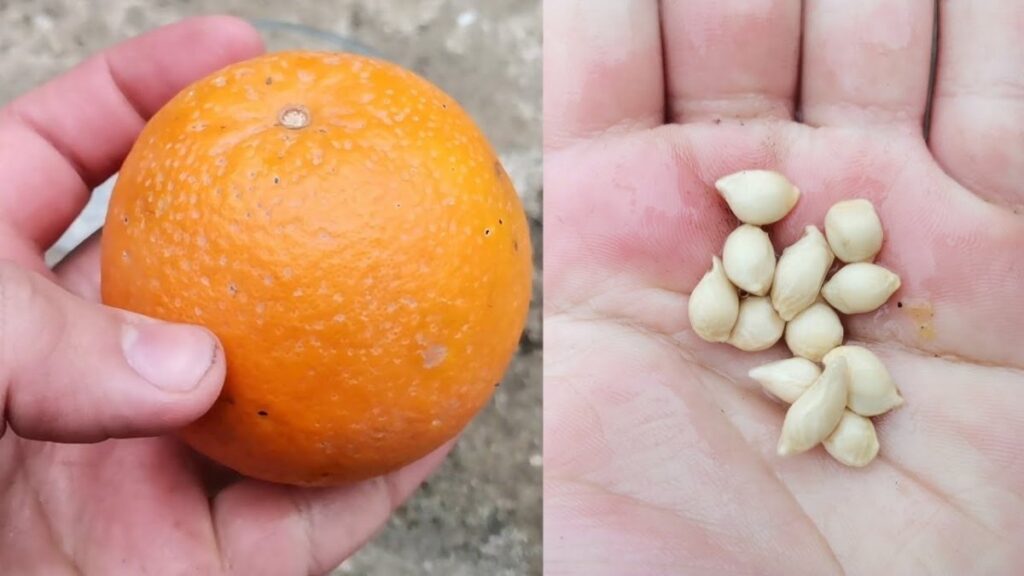
Not all seeds sprout on their own, so preparation is important. Here’s what to do:
- Rinse the seeds to remove any fruit pulp. This prevents mold growth.
- Soak the seeds in warm water for 12–24 hours. This softens the seed coat and speeds up germination.
- Optional scarification: Gently nick the seed coat with a nail file or sandpaper. A tiny scratch allows water to penetrate and improves sprouting chances.
Pro tip: Don’t skip soaking; it can significantly improve germination rates.
How to Plant Orange Seeds Indoors
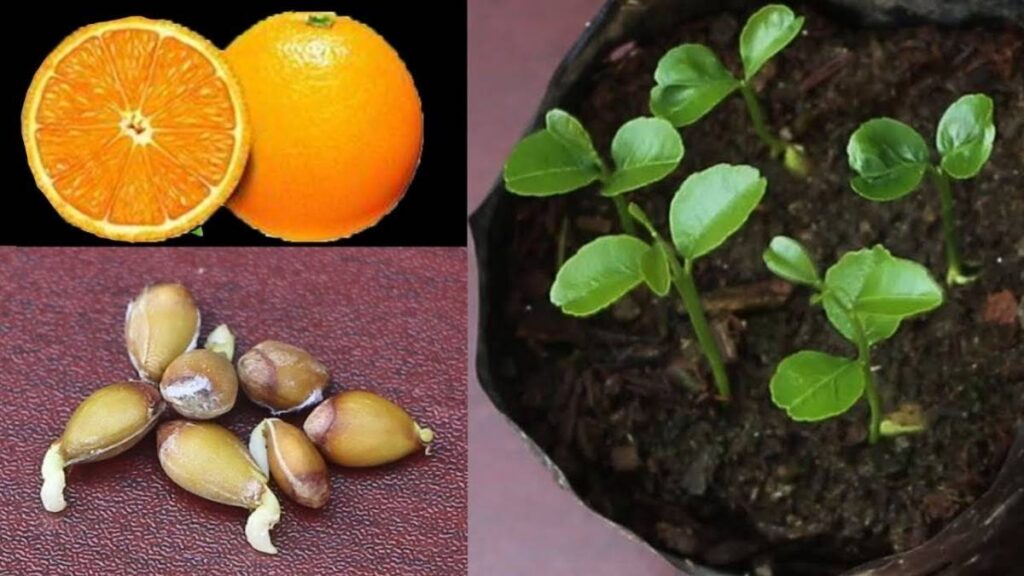
Planting seeds indoors is the easiest way to control temperature and light. Follow these steps:
- Fill a small pot with seed-starting soil.
- Plant the seed about ½ inch deep. Cover lightly with soil.
- Water gently using a spray bottle to keep soil moist.
- Cover the pot with a plastic bag or dome to retain humidity.
- Place the pot in a warm, sunny spot ideally 70–80°F.
Seeds usually sprout in 2–3 weeks, but some can take up to a month. Keep soil slightly damp and avoid overwatering.
Best Care Practices for Young Orange Seedlings
Once your seed sprouts, it needs consistent care. Here’s how to give it the best start:
- Light: Ensure 8–12 hours of sunlight or use a grow light. Seedlings grow best with bright, indirect sunlight.
- Watering: Keep soil evenly moist. Avoid letting it dry completely or become soggy.
- Temperature: Maintain 65–85°F. Cold drafts or sudden temperature drops can harm young seedlings.
- Fertilizer: Begin with a diluted liquid fertilizer after 6–8 weeks. Over-fertilizing can burn delicate roots.
Extra tip: Rotate the pot every few days so the seedling grows straight toward the light.
How to Transition Your Orange Tree Outdoors
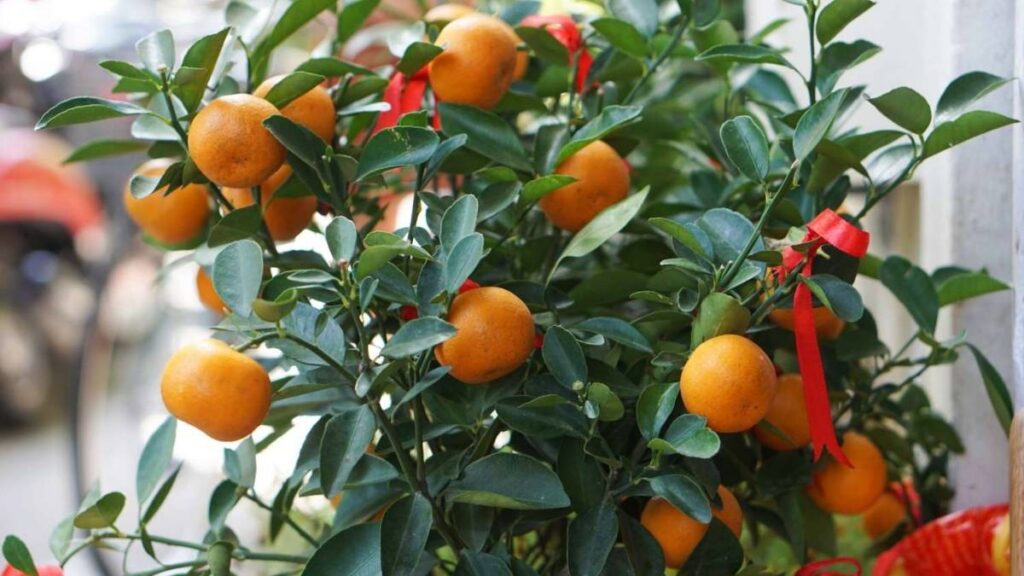
If your goal is an outdoor tree, you need to harden off the seedling first:
- Start by placing the seedling outdoors in partial shade for a few hours a day.
- Gradually increase sun exposure over 1–2 weeks to prevent leaf burn.
- Choose a well-draining spot in full sun for planting.
- Space your orange tree at least 10–12 feet from other trees or structures for optimal growth.
For outdoor soil, mix compost or well-rotted manure to improve nutrients and drainage.
Understanding Growth and Patience
Growing an orange tree from seed is not a quick process. Here’s what you can expect:
- Seedling stage: 2–6 weeks after planting. Tiny sprouts emerge.
- Juvenile stage: 6 months to 2 years. Tree develops strong stems and leaves.
- Mature stage: 3–6 years. Tree may begin producing blossoms and fruit.
In the meantime, enjoy the greenery and fragrance. Indoor trees also make beautiful decorative plants. Pruning may be needed to encourage branching and shape the tree.
Common Challenges and How to Solve Them
Even with the best care, seedlings can face challenges:
- Overwatering: Leaves turn yellow. Solution: Let soil dry slightly and improve drainage.
- Underwatering: Leaves wilt or drop. Solution: Keep soil consistently moist.
- Pests: Aphids, spider mites, or scale insects. Solution: Inspect regularly and use insecticidal soap if needed.
- Cold damage: Orange trees dislike frost. Solution: Bring indoors or use frost cloth if outside.
These issues are normal, and learning to respond is part of the fun of growing from seed.
How to Encourage Flowering and Fruiting

Once your tree matures, you can encourage flowers and fruit:
- Sunlight: 8–12 hours daily is ideal for flowering.
- Fertilizer: Use a balanced citrus fertilizer with nitrogen, phosphorus, and potassium.
- Pruning: Remove weak branches to strengthen the tree.
- Patience: Trees grown from seed can take years before the first flowers appear.
Remember: Healthy leaves and steady growth are signs the tree is preparing for fruit.
Steps to Grow a Lush Orange Tree
- Prep fresh seeds by rinsing and soaking.
- Plant seeds ½ inch deep in moist, well-draining soil.
- Provide warmth, light, and humidity for germination.
- Care for seedlings with water, light, and diluted fertilizer.
- Gradually move outdoors or continue growing indoors.
- Monitor for pests, prune as needed, and be patient fruit may take 3–6 years.
Following these steps consistently gives your orange tree the best chance to thrive.
Final Thoughts
Growing an orange tree from seed is a long-term project, but the rewards are immense. Beyond the prospect of enjoying homegrown oranges, you’ll develop a deeper connection to nature and learn the subtle art of plant care. Watching your seed grow into a lush, leafy tree is a lesson in patience, persistence, and nurturing.
Even if it takes several years for your tree to bear fruit, the process is therapeutic. Indoor orange trees brighten your home with their vibrant leaves and fragrant blossoms, while outdoor trees enhance your garden and provide shade.
The key to success is consistency: keep the soil moist, provide plenty of sunlight, protect from pests, and adjust care as your tree grows. Over time, you’ll witness the incredible transformation from tiny seed to flourishing orange tree a journey that is as satisfying as the fruit itself.
Growing from seed isn’t just about the destination it’s about the process, learning, and joy along the way. Start today, care for your seedling, and one day you’ll be rewarded with a beautiful, lush orange tree that’s entirely yours.
